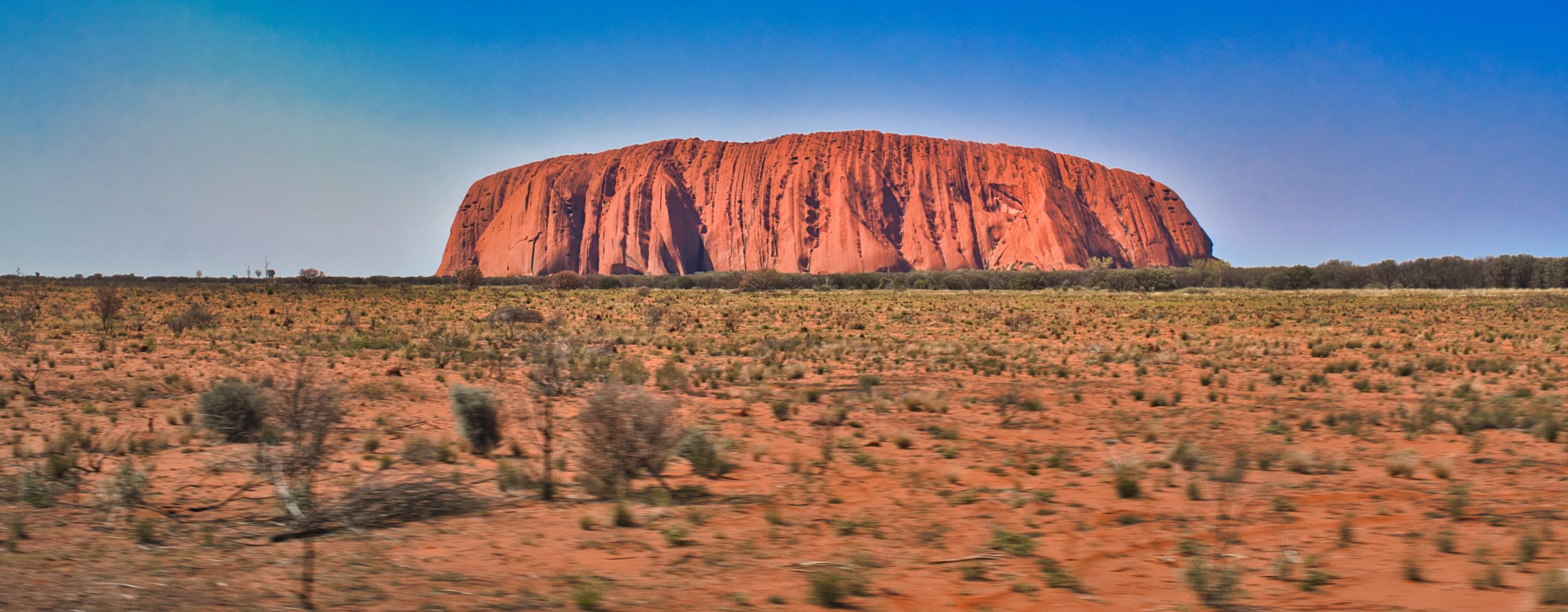Government seeks input from local youth Ruby Pratka, Local Journalism Initiative reporter editor@qctonline.com A delegation from the Quebec government’s youth affairs secretariat, the Secrétariat à la jeunesse, is touring the…
Tag Archives: October 11 2023
 Tours aboard HMCS Glace Bay, a Kingston-class coastal defence vessel launched in 1996, took place throughout the Great Canadian Marine Careers Expo in Lévis. On Oct. 7, the Canadian Coast Guard Ship Vincent Massey was also open to the public. (Photo by Sarah Elworthy)
Tours aboard HMCS Glace Bay, a Kingston-class coastal defence vessel launched in 1996, took place throughout the Great Canadian Marine Careers Expo in Lévis. On Oct. 7, the Canadian Coast Guard Ship Vincent Massey was also open to the public. (Photo by Sarah Elworthy) The Great Canadian Marine Careers Expo docks in Lévis
The Great Canadian Marine Careers Expo docks in Lévis Sarah Elworthy sarah@qctonline.com From September to mid-November, the Royal Canadian Navy is hosting the Great Canadian Marine Careers Expo, with visits…
Sorcelleries de Québec festival puts the witch in witchcraft
Sorcelleries de Québec festival puts the witch in witchcraft Danielle Burns danielle@qctonline.com Sorcelleries de Québec are back for a super- natural second edition. For one enchanted weekend Oct. 13-15, the…
 Puppeteers and actors Mélanie Baillairgé, Myriame Larose and Marika Karlsson perform in SCOOOOOTCH on Oct. 6. (Photo by Danielle Burns)
Puppeteers and actors Mélanie Baillairgé, Myriame Larose and Marika Karlsson perform in SCOOOOOTCH on Oct. 6. (Photo by Danielle Burns) REVIEW: Gros Becs theatre kicks off season with SCOOOOOTCH
REVIEW: Gros Becs theatre kicks off season with SCOOOOOTCH Danielle Burns danielle@qctonline.com Mélissa Merlo said she was so excited she “could cry” as she watched preschoolers file into the lobby…
 Uluru, also known as Ayers Rock, is the spiritual heart of Australia, located in the centre of the country on territory belonging to the Yankunytjatjara and Pitjantjatjara people, known locally as the Anangu. It is an iron sandstone rock that stands 348 metres high with a perimetre of 9.4 kilometres and changes colour throughout the day and from season to season. Often Mount Conner, colloquially known as Fooluru, is mistaken for Uluru from afar because it is of similar colour and size. (Photo by Cassandra Kerwin)
Uluru, also known as Ayers Rock, is the spiritual heart of Australia, located in the centre of the country on territory belonging to the Yankunytjatjara and Pitjantjatjara people, known locally as the Anangu. It is an iron sandstone rock that stands 348 metres high with a perimetre of 9.4 kilometres and changes colour throughout the day and from season to season. Often Mount Conner, colloquially known as Fooluru, is mistaken for Uluru from afar because it is of similar colour and size. (Photo by Cassandra Kerwin) POSTCARDS FROM DOWN UNDER: Discovering Uluru/Ayers Rock
POSTCARDS FROM DOWN UNDER: Discovering Uluru/Ayers Rock Cassandra Kerwin cassandra@qctonline.com Hello readers! Let’s return to Australia. After spending nine days in Sydney, we went to Uluru-Kata Tjuta National Park from…
LETTER TO THE EDITOR: Volunteering is good for your health
Dear Editor, In 1992, the World Federation for Mental Health designated October 10 as World Mental Health Day. The day provides an opportunity for individuals and organizations to take action against the social stigma surrounding…
OPINION: Growing matters of growing meat: thoughts on the future of industrial animal products
Growing matters of growing meat: thoughts on the future of industrial animal products
Submitted by Farnell Morisset*
It was with delight that I read Peter Black’s column in the Aug. 16 edition of the QCT about advancements in alternative meat products. The discussion around lab-grown meats and plant-based meat alternatives is a lively one for ethical, environmental, economic and sociological reasons.
But first, a word on why this debate matters. Simply put, a growing number of people realize each year that eating meat makes very little sense in a modern Western society.
As a means of feeding people, meat is terribly inefficient. Each calorie of consumption-ready meat requires the animal it’s sourced from to have been fed between 10 and 30 calories of plant products, depending on the animal and its industrial conditions, before it reaches our supermarkets (and this is before we account for food waste thereafter). In other words, if we simply ate plant products directly rather than “through” the bodies of animals, our food supply would, conservatively speaking, likely increase tenfold in short order as the intermediate animal step is phased out. The impact on food prices and the general availability of food, you might imagine, would be enormous (to say nothing about the corresponding reduction in the environmental cost of food growth and processing). If adopted on an international scale, this would be truly revolutionary. Imagine feeding a family abundantly for $40 a week while reducing related greenhouse gas emissions, land use and water consumption by 90 per cent.
There would need to be some adjustments. The quality standards and variety of plants grown and processed for human consumption are higher than those for animal feed, but if anything, the fact that we are apparently willing to give subpar plant nutrition to the animals that will then feed us says a lot about how healthy and nutritious the actual meat products we eat likely are. Some may express health concerns, particularly around getting enough protein**, but there’s ample evidence that these concerns are unfounded. Vegans today win Olympic medals, live past 100 and have healthy children who grow into healthy adults.
With respect to cost, a plant-based diet makes financial sense. Anyone who has walked down a grocery aisle will have seen that beans, peas, lentils and oats are significantly cheaper than cow flanks, pig intestines and chicken legs, even when accounting for relative calorie density. The costly plant-based alternatives to traditional animal products (Impossible meat patties, veggie sausages and tofurkey come to mind) aren’t costly because they are plant-based; they are costly because they are intensely designed, engineered and processed to fake it as traditional meat products. The same will be true for cultivated (lab-grown) meat products once technological developments permit their widespread arrival in restaurants and supermarkets. Cost-conscious consumers who embrace a plant-based diet can simply ditch these expensive products in their day-to-day eating.
This isn’t to say that cultivated alternatives to legacy animal meat products don’t have their place. While many people do quit animal products “cold turkey” (an apt expression), not everyone can – although meat may be inefficient, expensive and essentially unnecessary, it remains a pleasant sensory experience that is hard for many others to give up.
And so on the issue of cultivated meat, vegans – those who have decided, for moral reasons, to stop participating in the unnecessary harm of animals, even under “humane” conditions – are split.
To vegans focused on harm reduction, the allure of cultivated meat is hard to deny. Widespread adoption would render the current industrial processing of billions of animals (typically done under profoundly horrific and unnatural conditions even when labelled as “humane”) obsolete, replaced by perhaps several hundred strains of animals kept as healthy as possible for the occasional harvesting of a handful of stem cells. Better a steak grown from a pampered cow’s cells than one cut from its ribs after slaughter.
But to vegans with a stricter philosophical approach, even this captivity and non-lethal harvesting constitutes an unnecessary, immoral exploitation of animals. After all, they would reason, would a captive human living for such a purpose not draw intense moral outrage? (Perhaps not. Quite a few reasonable humans would likely choose a pampered life in exchange for captivity and the occasional cell harvest, but that is another matter entirely.)
Whatever changes new technologies and social practices bring to the industrial meat market, two things are certain: they will not happen tomorrow, and they will not happen overnight. The direction we take will largely be a matter of our own collective social decisions, whether deliberate or accidental, and so it’s important for all of us to take note of current practices, developments and our own choices in the products we consume.
*The writer is a Quebec City native and a graduate student at the London School of Economics and Political Science
**As Black’s original piece notes, the protein concerns of living without eating animal products are largely pushed by the meat industry, including their repeated references to only animal products as “protein.” -FM
OPINION: The truth is out there…
OPINION: The truth is out there… Pauline Kerr pauline@qctonline.com It seems the United States government has decided to rename UFOs – now they are called UAPs. Instead of Unidentified Flying…
OBITUARY: Harald Julius Paul Meesen (1929-2023)
OBITUARY: Harald Julius Paul Meesen (1929-2023)

 emparts goaltender Quentin Miller was solid in front of the net in his team’s two victories against the Val d’Or Foreurs. Here, Miller closes the door on Zachaël Turgeon of the Foreurs with the help of teammate Vsevolod Komarov. (Photo courtesy of the Quebec Remparts/Jonathan Roy)
emparts goaltender Quentin Miller was solid in front of the net in his team’s two victories against the Val d’Or Foreurs. Here, Miller closes the door on Zachaël Turgeon of the Foreurs with the help of teammate Vsevolod Komarov. (Photo courtesy of the Quebec Remparts/Jonathan Roy) Remparts get by league leaders Val-d’Or for first two victories of season
Remparts get by league leaders Val-d’Or for first two victories of season Luc Lang luc@qctonline.com The Quebec Remparts ended their four-game losing streak by winning not once but twice against…
